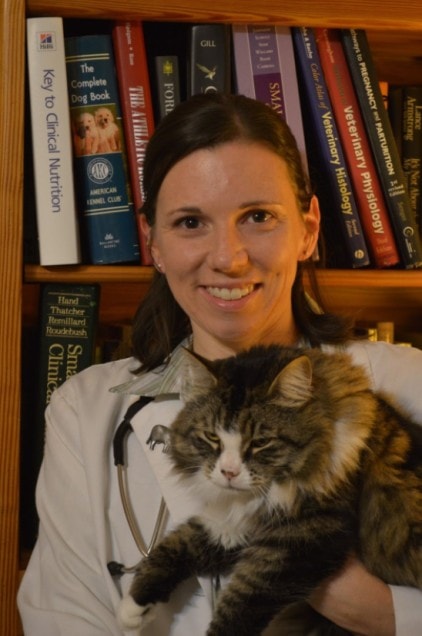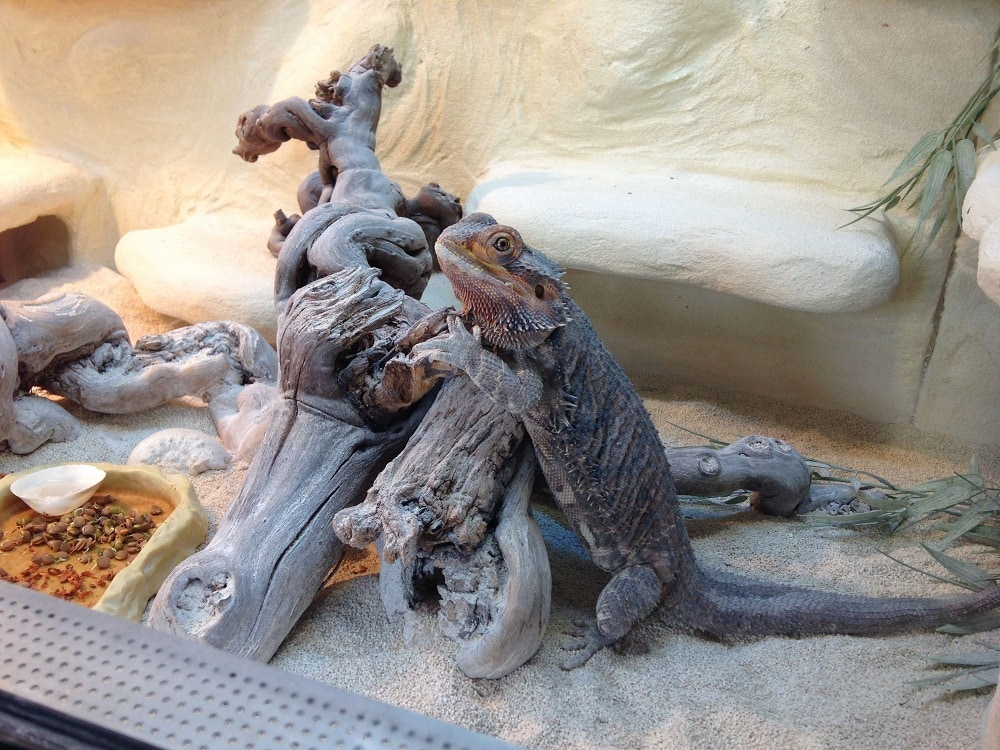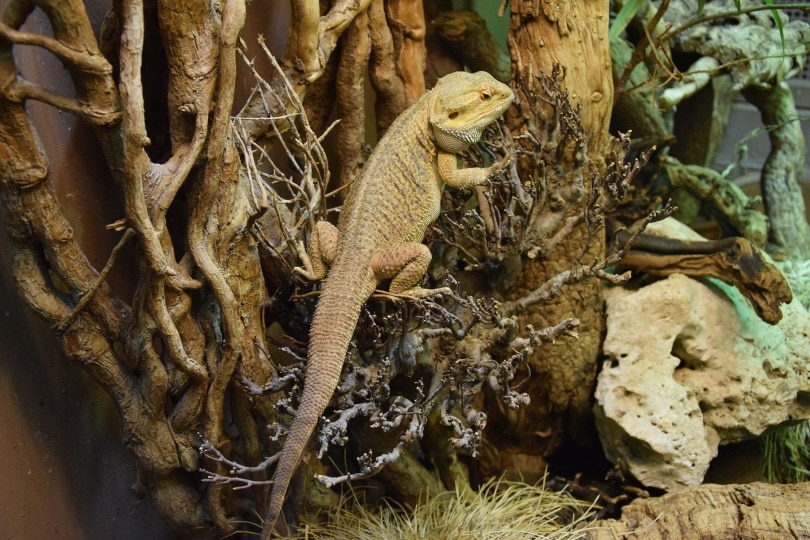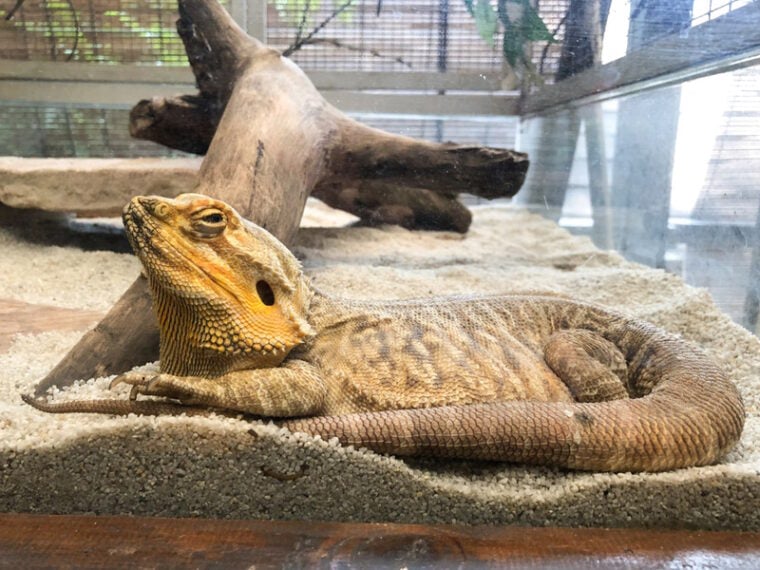
Click to Skip Ahead
Choosing a tank size for your bearded dragon can feel overwhelming because there is so much misinformation out there. A bearded dragon’s tank must be large enough to provide space for exercise and facilitate the proper temperature gradient to promote optimal health. Therefore, the minimum size for your beardie is 48″L x 24″W x 24″H.
However, this is the absolute minimum requirement, and you should always go above and beyond if you have the space and means. Read on to learn more.
What’s the Appropriate Cage Size for a Bearded Dragon?
As we mentioned in the introduction, the minimum cage size for an adult bearded dragon is 48″L x 24″W x 24″H or approximately 120 gallons. But the more space you can provide your beardie, the better.
Look closely at the tank measurements you’re considering, as height and width matter just as much as the length. Tanks at least 24 inches tall provide your beardie with plenty of room to move toward or away from his heat source, giving him options for finding the temperature he requires. Additionally, beardies love to climb, so higher tanks give you more options to provide enriching additions such as rocks and sticks for them to climb on.
What Is the Right Size for a Baby Bearded Dragon?
Many people put their baby bearded dragon in a small enclosure until the beardie grows a bit. Many of the reptile starter kits you’ll see at your local pet store include a 20-gallon tank, and while this is okay for very young beardies, you’ll find that your pet will quickly outgrow this. Unless you want to keep buying new enclosures every few months, starting with something a bit bigger is best.
We recommend going with a tank that’s approximately 36″L x 18″W x 18″H (or 40 gallons) for your baby and then upsizing him to his adult-size enclosure when he outgrows that one.
Your baby beardie may not thrive in an adult-sized enclosure as he can have problems catching his food. You may need to hand feed him if he’s having difficulty catching his prey in these larger confines.
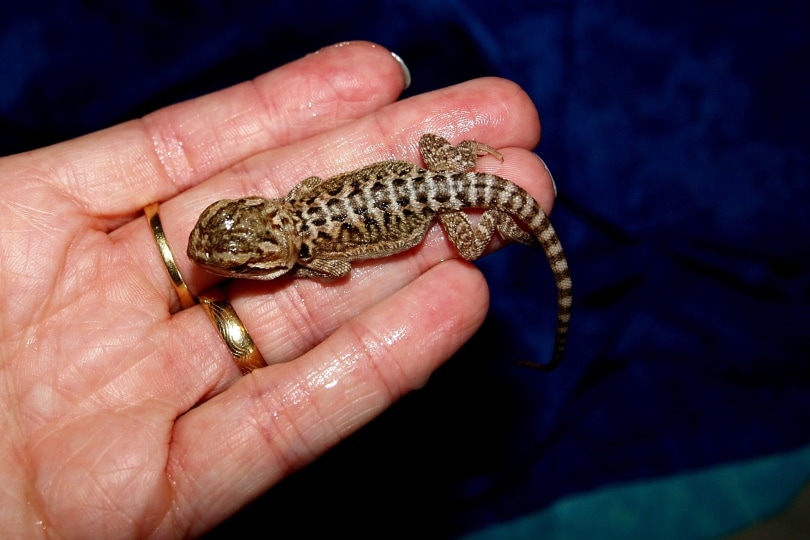
Why Do Bearded Dragons Need So Much Space?
If 48″L x 24″W x 24″H sounds large, that’s because it is. An enclosure of this size will take up four feet of space in your room, but this is non-negotiable. Your beardie needs this much space for several reasons:
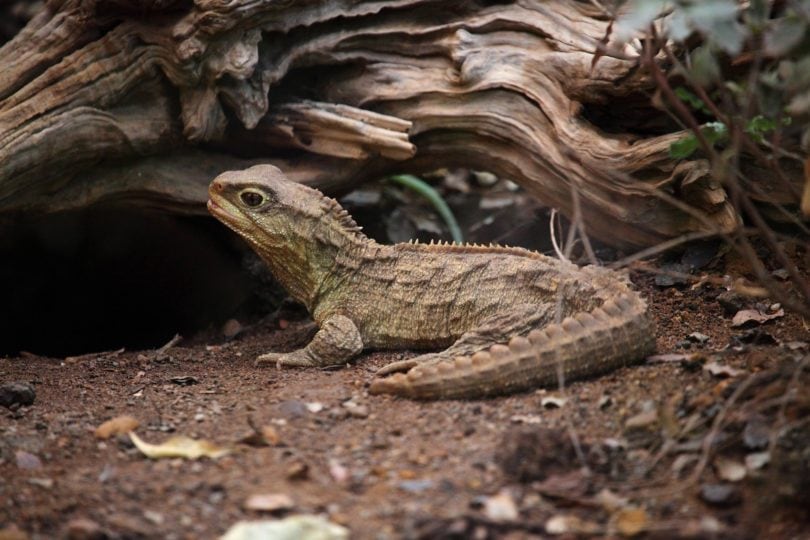
What’s the Best Tank Material?
Bearded dragon enclosures come in a variety of different materials, each with its own pros and cons.

Can I House More Than One Beardie in an Enclosure?
Beardies are solitary by nature, so it’s generally not recommended to house more than one in a tank. While wild beardies live in loosely-formed social groups, their territory is much larger than what you can provide in captivity. Pet dragons won’t have the same space to hide and escape dominant tank mates if things get heated. As sweet and docile as dragons are, they can be territorial toward one another, which may cause fights and injuries.
This doesn’t mean that two beardies can’t live together, you just need to be sure they get along first.
Final Thoughts
Finding the right size tank for your beardie doesn’t have to be complicated, but it is of utmost importance as it makes them feel comfortable and safe while promoting optimal health.
While baby beardies can do fine in a 40-gallon tank, please know that they grow fast, and you’ll eventually need to upsize. Adults need to be in an enclosure that’s, at minimum, 48″L x 24″W x 24″H. However, if you have the space, we recommend going as big as possible. The more room you can provide your beardie, the happier and healthier they’ll be.
Featured Image Credit: Kevin Khoo, Shutterstock
